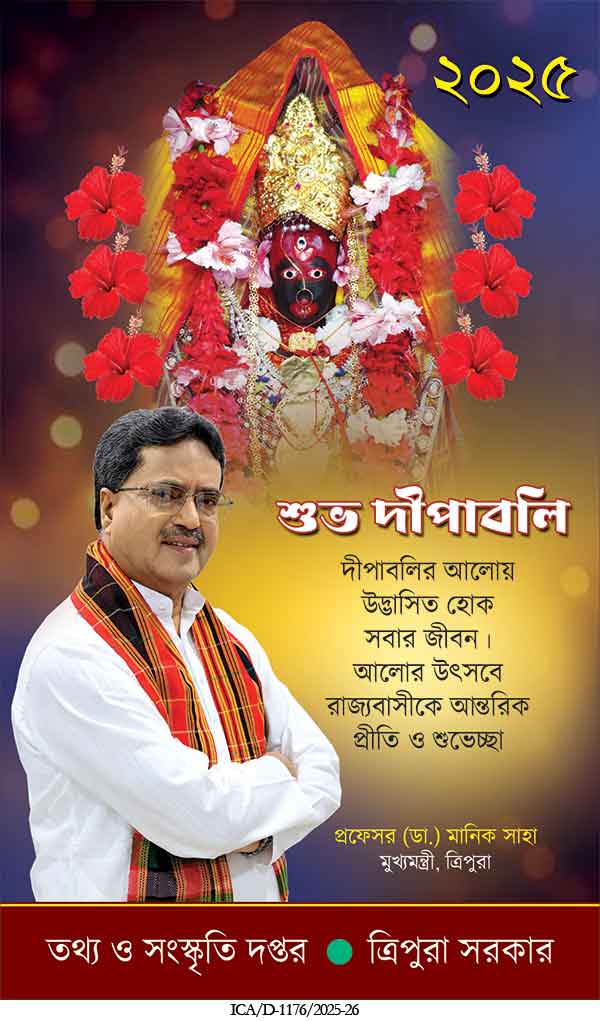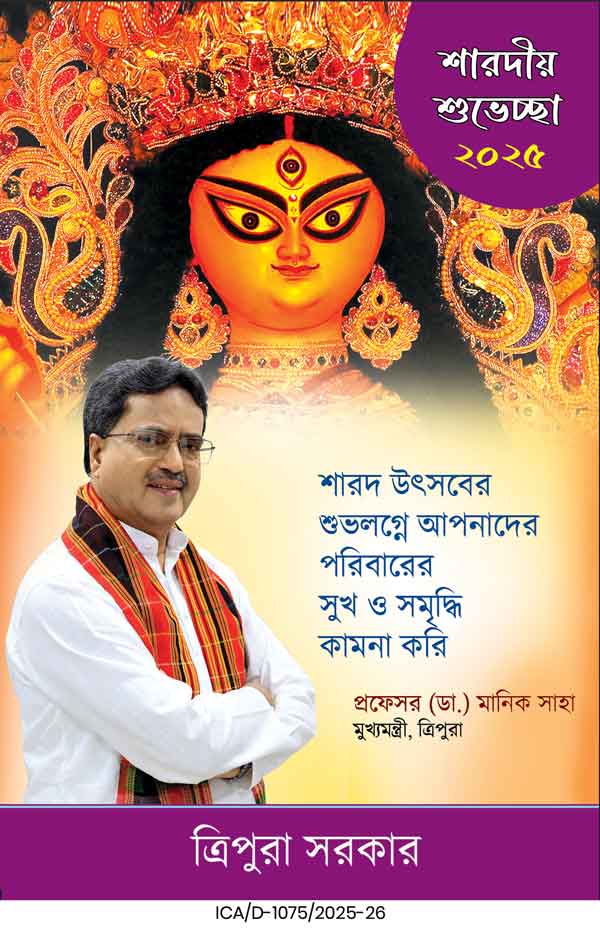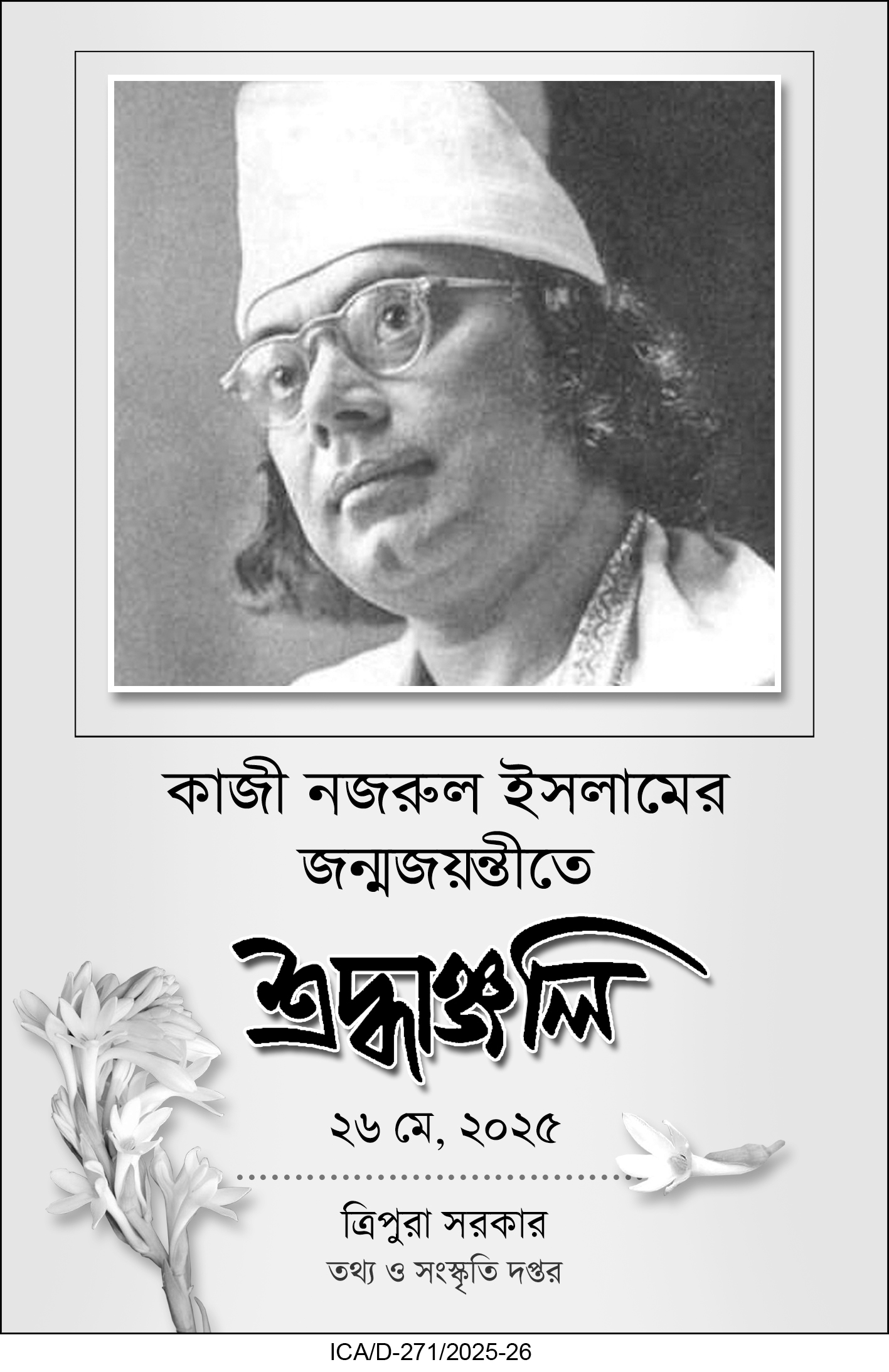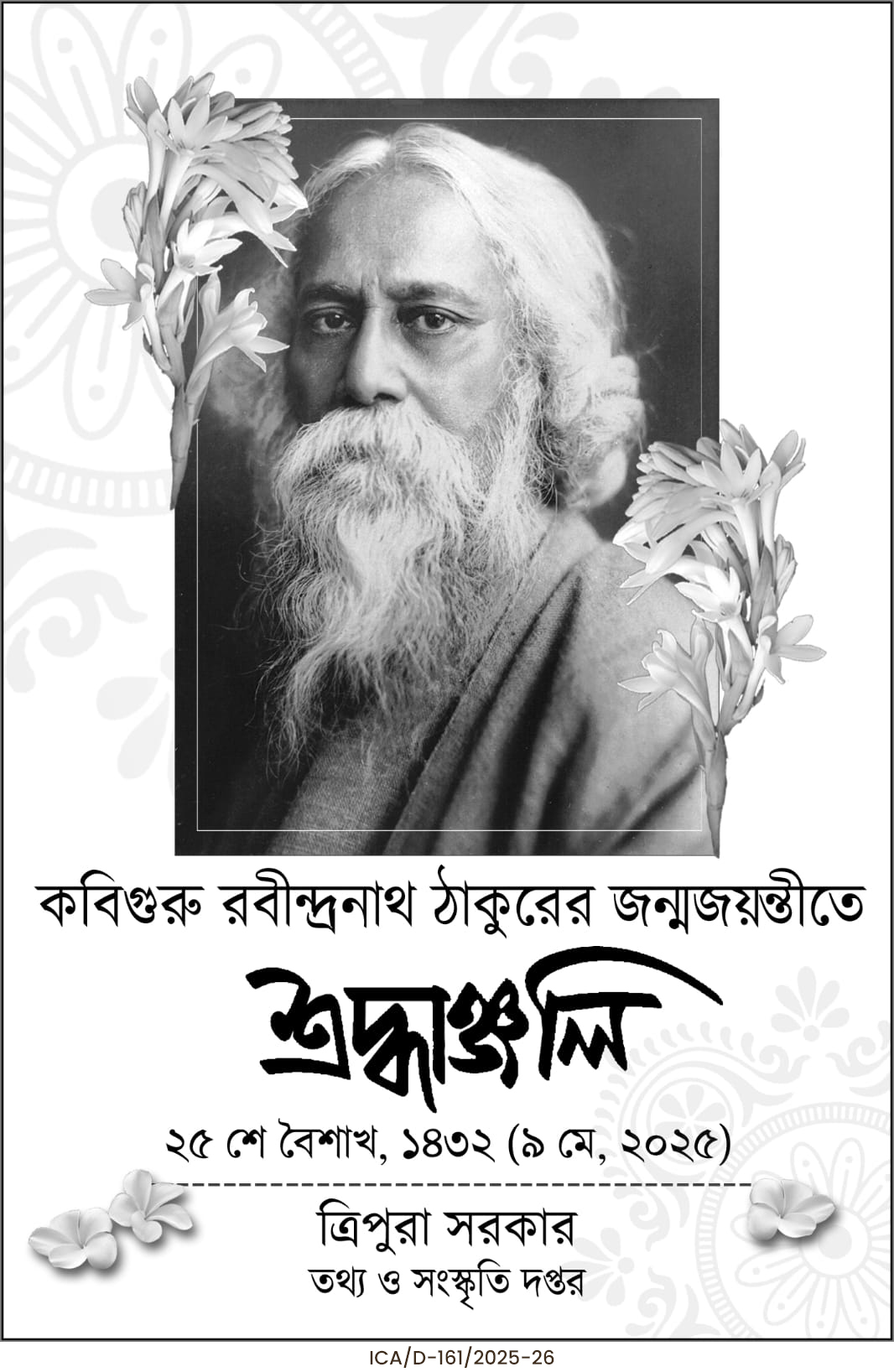In Tripura’s Ruprai village under Kalyanpur, farmers still plough their fields with bullocks, preserving a centuries-old tradition. While tractors and power tillers dominate modern agriculture, locals like Sasen Debbarma keep alive the purest form of farming, symbolizing patience, culture, and the enduring spirit of rural India.
In an age when tractors and power tillers dominate the agricultural landscape, the sight of bullocks pulling a wooden plough has become a rarity. Mechanization has taken over farmlands across India, with modern tools offering speed, efficiency, and cost-effectiveness. Yet, in the heart of rural Tripura, specifically in Ruprai village under Kalyanpur subdivision, time seems to have stood still. Here, the rhythm of agriculture is still guided by the steady pace of bullocks pulling the plough, carrying forward a centuries-old tradition.
The Disappearing Sight of Bullock Ploughing
Across most rural areas, bullocks yoked to ploughs have nearly disappeared. Farmers, in pursuit of productivity and survival, opted for mechanized alternatives. Power tillers and tractors provide faster tilling, require less manual labor, and are often seen as more practical investments in large-scale farming. Consequently, the image of a farmer walking barefoot behind his cattle in a freshly tilled field has become a nostalgic memory rather than a daily reality.
Yet, the practice survives in small pockets of India, especially in regions where terrain, crop type, or traditional beliefs keep the age-old technique alive. Beyond its practical application, bullock ploughing is deeply embedded in cultural memory. Even in school classrooms, when children are asked to draw scenes of rural life, the first picture that comes to mind is that of a farmer with bullocks, a flowing river, trees swaying in the background, and the farmer guiding his plough across the field. It remains the quintessential symbol of agrarian India.
Life in Ruprai Village – Tradition over Mechanization
Ruprai village in Kalyanpur is one such rare place where agriculture still flourishes in its purest form. Farmers here resist the wave of mechanization, keeping alive the farming methods handed down to them by their forefathers. Among them is Sasen Debbarma, a farmer who epitomizes the resilience and simplicity of traditional agricultural life.
For Debbarma, farming with bullocks is not merely an economic choice—it is an emotional and cultural commitment. “I still follow the path shown by my forefathers and continue to plough my fields with bullocks. Several other farmers of the village also practise the same traditional method,” he said, his hands firmly holding the wooden plough.
According to him, life is hard in the village. Farming without machines is physically demanding and time-consuming. Yet, he remains unfazed. “Growing crops is the only thing I received as inherited knowledge. I want to keep it as simple as it was when I was taught,” he explained, his voice carrying the calm confidence of someone deeply rooted in his land. For Debbarma, ploughing with bullocks is not just farming—it is a way of life, an act of honoring his ancestors. “For me this is the purest form of the job I do,” he added with a smile.
The Purity of Tradition
Agriculture, in its original form, was a human-animal collaboration that developed alongside civilization itself. Bullock ploughing is considered one of the earliest innovations in farming, symbolizing humanity’s dependence on nature. While modern techniques have made farming more productive, many argue that something essential has been lost—the rhythm, the patience, and the harmony of traditional farming.
For villagers in Ruprai, sticking to the old ways is not only about nostalgia; it is also about sustainability. Bullock-driven farming is eco-friendly, requiring no fuel or mechanical maintenance. It allows for a more natural cycle of cultivation, especially suited for small holdings. Moreover, the bond between the farmer and his animals is deeply emotional, reflecting mutual dependence and respect.
A Vanishing Heritage
Although pockets like Ruprai village still preserve this heritage, the future of bullock ploughing is uncertain. Younger generations are increasingly drawn toward mechanized farming or non-agricultural professions. Rising costs of maintaining cattle, coupled with the lure of fast and efficient machines, may one day erase this practice altogether.
| Also Read: Riding the tiger: Pradyot Kishore faces new emerging power centre in TIPRA Motha |
Yet, for now, the sight of a farmer like Sasen Debbarma guiding his bullocks across a patch of fertile land continues to capture the essence of rural India. It is a living portrait of patience, tradition, and the unyielding bond between man, land, and animal—a heritage that deserves to be seen and remembered.





